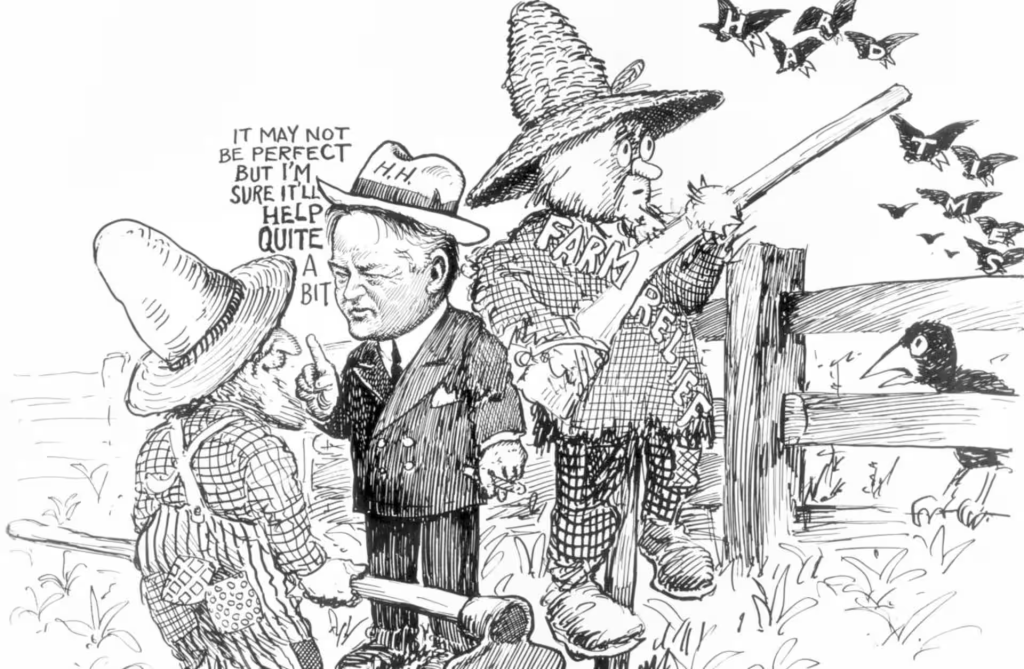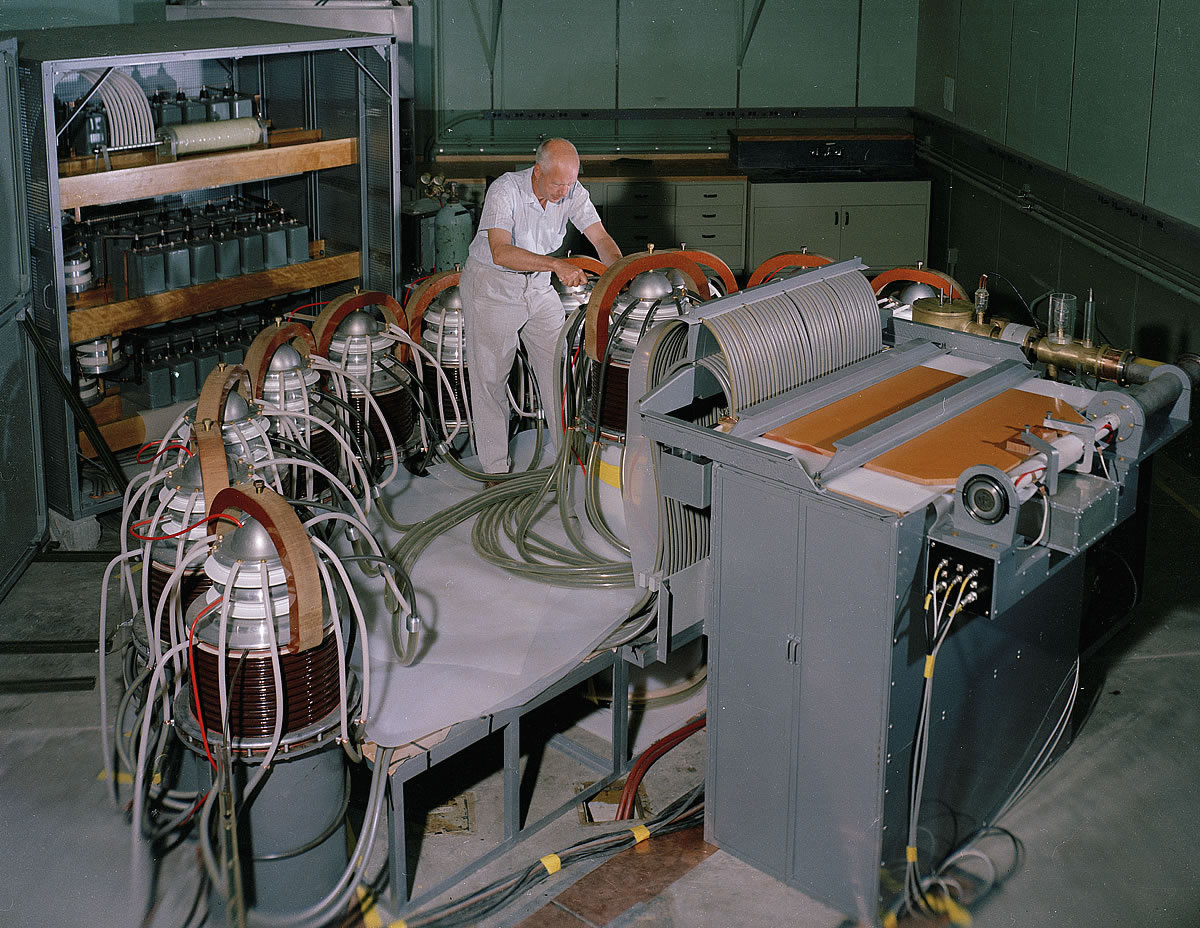The story of U.S. trade policy over the past century is one of dramatic transformation—from the steep isolationist tariffs of the early 20th century to the multilateral agreements that now define the global trade landscape. Following the revenue-focused tariffs of the 1800s and the introduction of income tax in 1913, America entered a new chapter where tariff policy was no longer just about funding the government—it became a powerful geopolitical tool. Explore the evolution of U.S. trade policy from the Smoot-Hawley Tariff Act of 1930 to the formation of the WTO. Learn how America shifted from protectionism to global trade leadership.
Nowhere is this transformation more visible than in the arc from the Smoot-Hawley Tariff Act of 1930, which deepened the Great Depression, to the creation of the World Trade Organization (WTO) in 1995, which positioned the U.S. as a champion of rules-based global trade. Along the way, America embraced reciprocal trade agreements, helped form GATT, and led efforts to reduce global trade barriers—all while periodically grappling with renewed calls for protectionism.
This blog tracks the pivotal shifts in U.S. tariff and trade policy from 1912 to today, drawing insights from historical data, economic impacts, and the ongoing tension between domestic industry protection and global economic integration. With a concluding reflection by Mattias Knutsson, Strategic Leader in Global Procurement and Business Development, we explore what these shifts mean for the future of international commerce.
The End of Tariffs as Primary Revenue (1913)
The ratification of the Sixteenth Amendment in 1913 introduced a federal income tax, significantly reducing the government’s reliance on tariffs. The Underwood Tariff Act passed the same year slashed duties by nearly 30% and introduced the first peacetime income tax. This marked a philosophical shift: tariffs were no longer the backbone of U.S. revenue but now served broader economic and strategic aims.
Smoot-Hawley Tariff Act (1930): Protectionism and Collapse

In the wake of the 1929 stock market crash, U.S. legislators passed the Smoot-Hawley Tariff Act, raising duties on over 20,000 imported goods to record levels. The goal was to protect American jobs and agriculture, but the result was disastrous:
- Average tariff rates increased to 59% on dutiable imports.
- Over 25 countries retaliated, imposing their own tariffs on U.S. exports.
- U.S. exports dropped by 61% between 1929 and 1933.
Smoot-Hawley became a cautionary tale in economic circles, symbolizing how protectionism can amplify economic downturns.
The Reciprocal Trade Policy Agreements Act (1934): A Turn Toward Engagement
President Franklin D. Roosevelt and Secretary of State Cordell Hull championed the Reciprocal Trade Agreements Act (RTAA), allowing the executive branch to negotiate bilateral trade agreements without full Congressional approval. This act:
- Reduced tariffs through reciprocity rather than unilateral action.
- Led to 32 bilateral agreements within the first six years.
- Helped rebuild trade after the Depression and WWII.
The RTAA was a foundational pivot toward international cooperation and economic diplomacy.
GATT and Bretton Woods: Laying the Post-War Foundations (1944–1947)
In the aftermath of WWII, the U.S. led efforts to build a new economic order. At the Bretton Woods Conference in 1944, institutions like the International Monetary Fund (IMF) and World Bank were established. Meanwhile, trade policy coalesced around the General Agreement on Tariffs and Trade (GATT) in 1947:
- Initially signed by 23 nations.
- Created a framework for multilateral tariff reductions.
- Tariffs on manufactured goods among signatories dropped from 40% in 1947 to 4% by 1990.
GATT became the first step toward liberalizing global trade under U.S. leadership.

Trade Expansion Act (1962) and Trade Act (1974)
Two major pieces of legislation further expanded U.S. trade engagement:
- Trade Expansion Act (1962): Gave the president authority to negotiate tariff reductions, which led to the Kennedy Round of GATT talks.
- Trade Act (1974): Introduced the fast-track negotiation authority and mechanisms to address unfair trade practices.
These laws gave U.S. presidents flexibility to lead on trade while protecting domestic concerns like labor and industry.
From GATT to WTO (1995): Institutionalizing Global Trade
By the late 20th century, the complexity of international trade had outgrown GATT. The Uruguay Round of negotiations (1986–1994) led to the establishment of the World Trade Organization (WTO) in 1995.
Key WTO milestones:
- Established binding trade dispute mechanisms.
- Expanded coverage beyond goods to include services and intellectual property.
- Now includes 164 member countries (as of 2024).
The U.S. was a founding member and architect of the WTO, cementing its role as a leader in global commerce.
The Shift to Regional and Bilateral Deals (NAFTA, TPP, USMCA)
Despite WTO success, the U.S. increasingly turned to regional trade agreements:
- NAFTA (1994): Created a tariff-free bloc with Canada and Mexico.
- TPP (Trans-Pacific Partnership): Aimed to set 21st-century trade rules; the U.S. later withdrew under President Trump.
- USMCA (2020): Modernized NAFTA with new digital and labor protections.
These deals reflected a growing preference for regional control over multilateral compromises.
Recent Trade Policy Tensions and Realignments
The 21st century has seen rising tensions in trade policy:
- China’s WTO Accession (2001): Led to massive shifts in manufacturing and trade balances.
- Trump Tariffs (2018–2020): Imposed steep duties on Chinese goods and steel/aluminum imports.
- Biden Administration (2021–present): Maintains many Trump-era tariffs while promoting “friendshoring” and domestic manufacturing via the CHIPS Act and Inflation Reduction Act.
Trade policy today is a blend of competition, security concerns, and selective liberalization.
Conclusion:
From the devastation wrought by Smoot-Hawley to the institutional cooperation of the WTO, the evolution of U.S. trade policy over the past century reflects a continual balancing act between national interest and global integration. Each major shift has been shaped by economic pressures, political ideologies, and shifting alliances.
What remains clear is that trade policy is never static—it is a reflection of a nation’s goals, fears, and aspirations. As new challenges like AI, digital commerce, and climate policy intersect with global trade, the U.S. faces another inflection point: to lead, protect, or retreat.
Mattias Knutsson, Strategic Leader in Global Procurement and Business Development, offers this timely insight:
“The U.S. trade journey shows how strategic flexibility and global cooperation can unlock prosperity—but only when aligned with long-term industrial goals. Future policies must learn from the past while adapting to technologies and threats unimagined a century ago.”
As history shows, tariff policy is more than economics—it is a story of who we are, what we value, and how we engage with the world.
Trumps Tariffs Trade War Series:
Historical Background
- From Protection to Prosperity: The Role of Tariffs in Financing Early America
- The Tariff Battles of the 19th Century: Industrial Growth and Political Divide
- How Tariffs Built Railroads, Factories, and the American Dream (1800–1912)
Background to Today’s Tariffs
- From Smoot-Hawley to the WTO: A Century of Trade Policy Shifts
- The Rise of Free Trade and the Decline of Tariffs: 1945 to 2000
- The Tariff Comeback: Why Tariffs Returned as a Political Weapon in the 21st Century
Trump Tariffs Deep Dive: Trade Wars with the EU, China, and Beyond
- Trump’s Tariff Strategy: National Security or Economic Gamble?
- EU Under Pressure: Wine, Steel, and the Automotive Tariff Threat
- The U.S.-China Trade War Timeline: From Tariff Waves to Tech Decoupling
- Collateral Damage: How Trump Tariffs Affected Mexico, Canada, India, and Japan
Country-by-Country Response Monitoring: Reactions to Trump’s 2025 Tariff Hike
- China Strikes Back: Export Controls, Rare Earths, and Consumer Tech Retaliation
- European Union’s Balancing Act: Strategic Patience or Trade Fight Ahead?
- Japan and South Korea: Strategic Allies or Silent Rivals in Tariff Diplomacy?
- ASEAN & India: Winners or Losers in the Tariff Shuffle?
- South America’s Role in a Polarized Trade World
Ongoing Monitoring and News Reaction: Tracking Trump’s Tariffs in Real-Time
- Week-by-Week: The Global Market Reaction to Trump’s 2025 Tariff Policy
- U.S. Companies Caught in the Crossfire: How Businesses Are Adjusting to Tariff Shocks
- From Retail to Rare Earths: Key Sectors Most Affected by New Tariffs
- Trade Talks Tracker: Are New Negotiations a Signal of Resolution or More Chaos?
- Inside the Beltway: How Congress, Lobbyists, and Think Tanks are Shaping the Tariff Narrative





